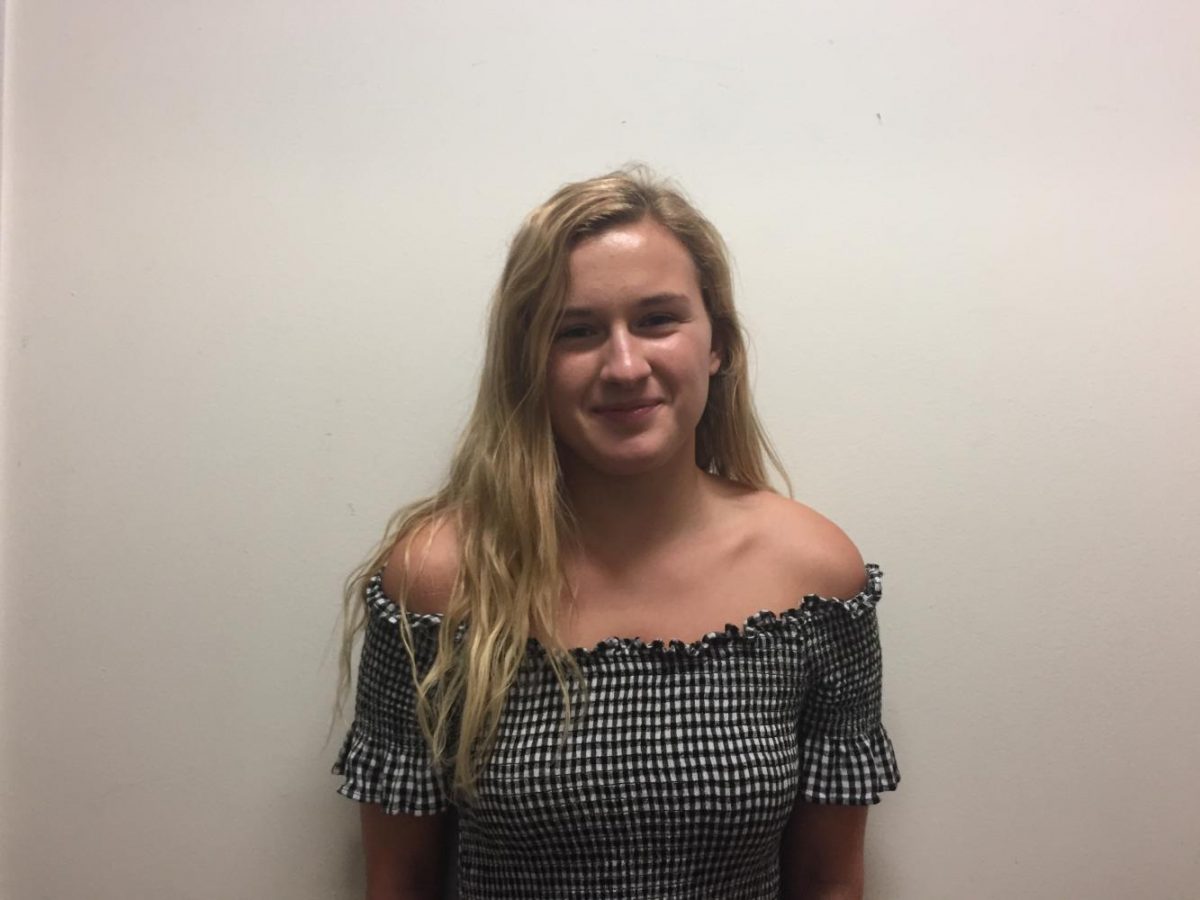Opioid Epidemic Starts With Corrupt Doctors
March 19, 2018
Earlier this year, President Donald Trump addressed the opioid crisis with great fervor in the 2018 State of the Union address, stating his intention to start a war on drugs and cut the supply smuggled from outside of the country by securing borders. However, the drug epidemic is not founded in smuggling and illegal immigration but rather in a source much closer to home: our doctors.
This past Friday, five New York doctors were charged with taking kickbacks for prescribing Subsys, a spray form of fentanyl –– the highly addictive drug involved in over half of the estimated 64,000 opioid deaths in 2016. According to The New York Times, the company, Insys Therapeutics, paid doctors over $100,000 annually to prescribe millions of dollars worth of the product.
This is not a rare occurrence within the medical field. CNN and researchers at Harvard University recently released an analysis showing that in 2014 and 2015, among the top 25 percent of opioid prescribers, 72 percent of doctors received payments from drug companies. In most cases, these doctors are supposedly paid in exchange for speaking on the drug and for consultation. However, the correlation between the doctors who are paid for these services and the doctors who prescribe the drug is too strong to ignore.
Even without payment, doctors prescribe unnecessary medications or prescribe higher quantities than needed. On Wednesday, NYU highlighted Rory Meyers College of Nursing professor Holly Hagan and her efforts in combating the opioid crisis and its collateral effects in rural areas, providing her with the platform to clarify the myths of the opioid epidemic. She discussed the detrimental effects of unnecessarily lengthy prescriptions in cases of acute pain management. Hagan cited an instance in which parents did not know that their son was still using painkillers from a sports injury until they found him dead from an overdose. While people with pain develop dependence to medication because they have a high supply without regulation, others have easy access to drugs that are being carelessly dished out.
In 2016, the Centers for Disease Control and Prevention issued guidance for providers, recommending shorter durations for opioid prescriptions of three to seven days. As a result, in April 2017, senators John McCain and Kirsten Gillibrand introduced the Opioid Addiction Prevention Act of 2017, which would require medical professionals to only prescribe opioids as treatments for acute pain in quantities less than or equal to seven day, non renewable supplies –– except when treating chronic pain, cancer pain and other end-of-life symptoms. While this provides a potential solution to overprescription, it does not address the corrupt collaboration between doctors and drug manufacturers.
It is important that doctors be able to advocate for medications that they believe work for their patients. However, there is a line between advocacy for the common good and self interested sales pitches. We need legislation which mandates strict regulation of interactions between prescribers and pharmaceutical companies, and provides clear guidelines for legal interaction and compensation. Trump can try his best to keep drug suppliers out of the U.S., but that won’t fix the corruption that exists within our borders.
Opinions expressed on the editorial pages are not necessarily those of WSN, and our publication of opinions is not an endorsement of them.
A version of this appeared in the Monday, March 19 print edition. Email Tyler Crews at [email protected].

























































































































































